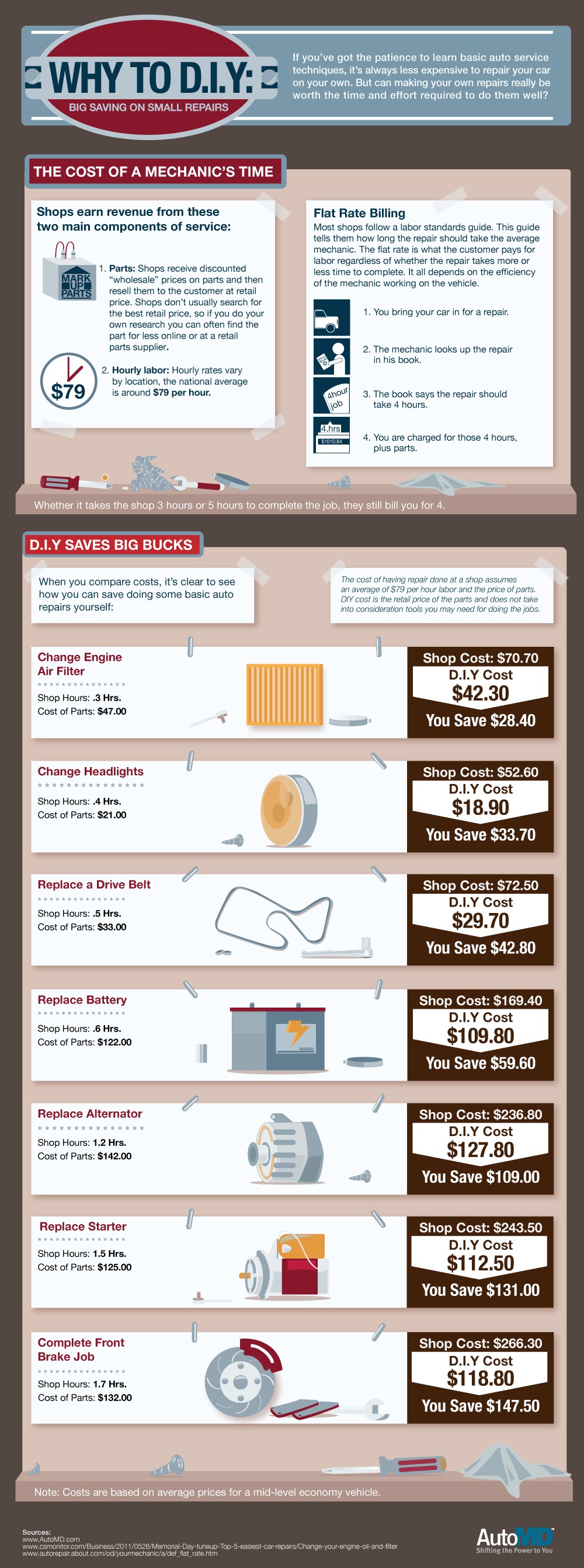Assessing Your Auto'S Warning Indicators: What They Actually Communicate
Assessing Your Auto'S Warning Indicators: What They Actually Communicate
Blog Article
Web Content By-Hartley Alvarado
When you're behind the wheel, those beautiful warning lights on your dashboard can be a little bit puzzling. Do you know what they're trying to tell you regarding your car's health? Comprehending the relevance of these lights is crucial for your safety and security and the durability of your car. So, the following time one of those lights appears, wouldn't you want to analyze its message precisely and take the essential actions to address it?
Common Warning Lighting and Interpretations
Recognize usual caution lights in your vehicle and recognize their definitions to make sure safe driving.
One of the most regular warning lights include the check engine light, which signals problems with the engine or exhausts system. If this light begins, it's essential to have your car examined without delay.
The oil stress advising light suggests low oil pressure, calling for instant interest to avoid engine damages.
A blinking battery light might suggest a defective charging system, possibly leaving you stranded otherwise dealt with.
The tire pressure tracking system (TPMS) light informs you to reduced tire pressure, influencing lorry security and fuel effectiveness. Overlooking this could result in harmful driving conditions.
The abdominal light indicates a trouble with the anti-lock stopping system, compromising your capability to quit rapidly in emergencies.
Finally, the coolant temperature level cautioning light warns of engine getting too hot, which can lead to serious damages if not settled quickly.
Comprehending these usual caution lights will certainly help you address concerns without delay and preserve secure driving problems.
Importance of Prompt Focus
Comprehending the typical caution lights in your vehicle is just the very first step; the relevance of immediately addressing these warnings can't be stressed sufficient to guarantee your safety on the road.
When a warning light illuminates on your control panel, it's your vehicle's means of connecting a possible concern that requires interest. Overlooking https://miloojfau.get-blogging.com/32626391/exceptionally-practical-mobile-vehicle-outlining-solutions-not-only-save-you-money-and-time-yet-also-improve-your-automobile-s-longevity-discover-how-they-can-transform-your-routine can bring about extra extreme troubles in the future, jeopardizing your security and possibly costing you a lot more in repairs.
Prompt interest to advising lights can stop breakdowns and crashes. For https://paxtonpfvlc.get-blogging.com/32611365/the-convenience-of-mobile-auto-describing-transforms-your-car-s-look-but-is-it-as-effective-as-traditional-techniques-discover-the-truth-behind-this-service , a blinking check engine light can show a misfire that, if left neglected, could cause damage to the catalytic converter. Resolving this promptly can save you from a pricey repair.
Likewise, a brake system alerting light might signal low brake liquid or used brake pads, critical elements for your security when driving.
DIY Troubleshooting Tips
If you notice a warning light on your dashboard, there are a few DIY troubleshooting pointers you can try prior to seeking specialist assistance.
The very first step is to consult your vehicle's guidebook to comprehend what the certain warning light indicates. Sometimes the problem can be as easy as a loosened gas cap setting off the check engine light. Tightening https://brake-change06173.newbigblog.com/38224005/the-benefit-of-mobile-car-describing-transforms-your-lorry-s-appearance-yet-is-it-as-efficient-as-conventional-methods-discover-the-fact-behind-this-solution may solve the problem.
One more usual concern is a reduced battery, which can cause numerous warning lights. Examining the battery links for rust and ensuring they're safe may deal with the issue.
If a warning light continues, you can try resetting it by disconnecting the cars and truck's battery for a few mins and after that reconnecting it. In https://www.moderntiredealer.com/articles/33198-auto-plus-joins-aftermarket-auto-parts-alliance , checking your car's fluid levels, such as oil, coolant, and brake liquid, can help repair alerting lights related to these systems.
Final thought
Finally, understanding your automobile's warning lights is important for maintaining your automobile running smoothly and safely. By quickly dealing with these alerts and knowing what they mean, you can prevent pricey repairs and potential failures.
Remember to consult your auto's guidebook for particular details on each cautioning light and act appropriately to guarantee a hassle-free driving experience.
Stay informed, remain risk-free when traveling!
